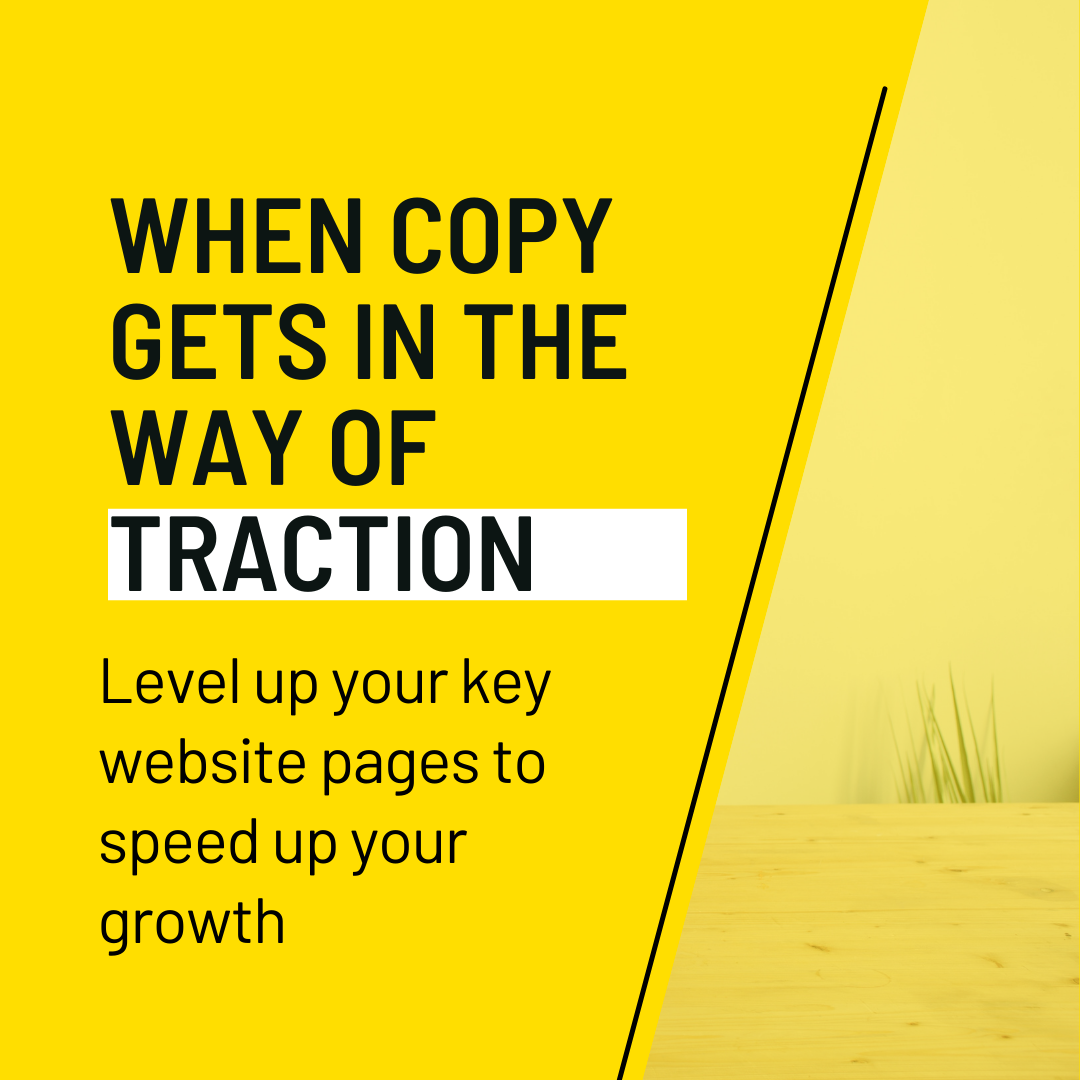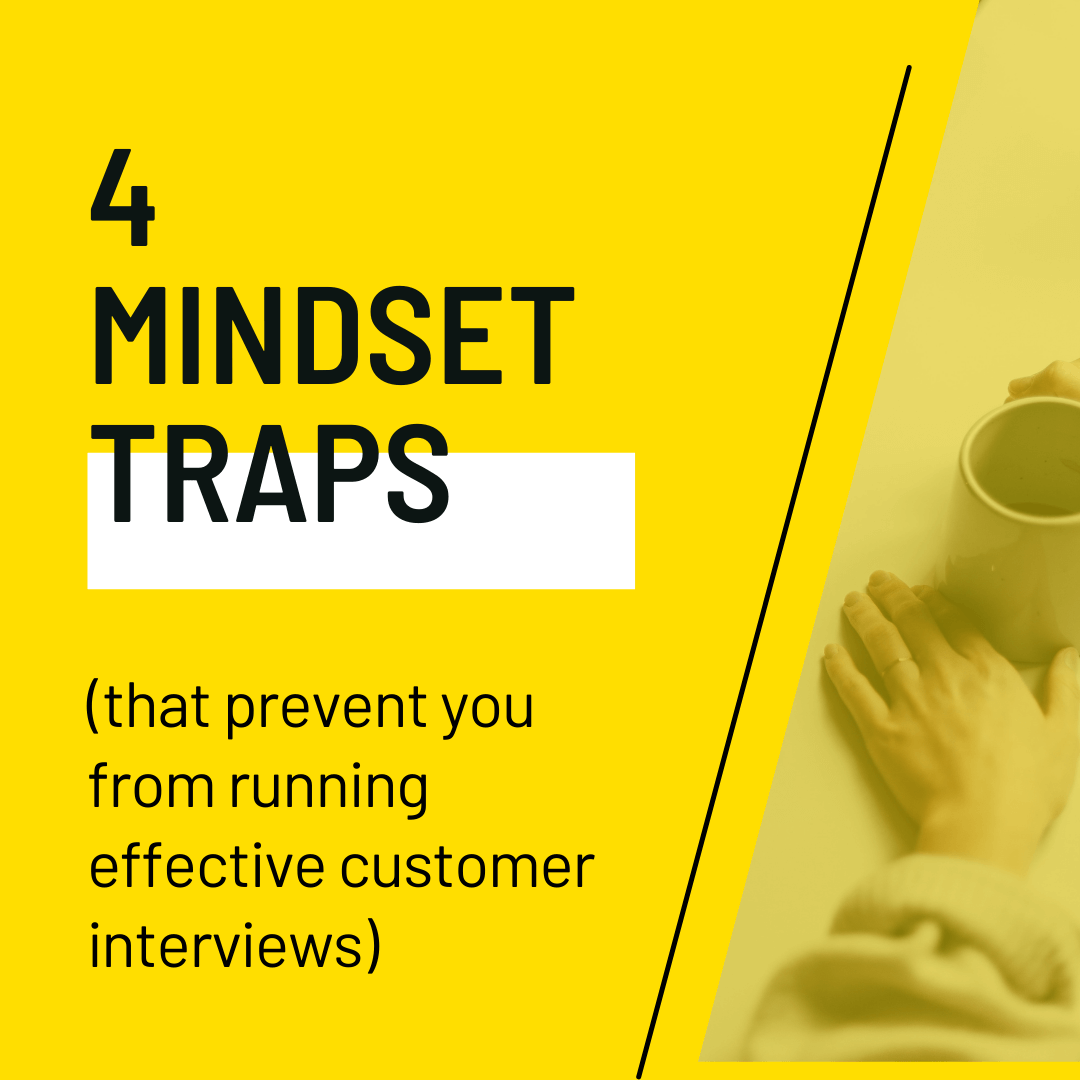When copy gets in the way of traction: how to solve for startup growing pains
Feel like you’re running into a brick fall head-on when trying to get leads in the door? This may be because of startup growing pains.
Early-stage startups need to move fast and break things to find PMF, identify best channels to reach their customers, and attract early adopters. But as you start scaling, this approach may be slowing down your growth. This is how you can make your website help you meet your MQL goals instead of getting in the way.
From selling to early adopters to selling to early majority
Very frequently I work with growth-stage clients that are using multiple levers to bring in more conversions through their websites, but don’t see the expected returns.
In many cases, it’s because their websites are lagging behind in terms of copy and messaging.
As startups move from early-stage web copy to growth-stage copy, they also need to adjust to targeting early majority prospects instead of early adopters.
In practical terms it means:
Selling on the vision as a new way of doing things instead of status quo
Integrating new objections and hesitations into copy and sales materials
Developing social proof and case studies
Expanding marketing initiatives to new market segments or personas
Balancing product vision with immediate value that users can expect
In an ideal world, all of those items are addressed and the website is optimized to convert early-majority prospects into trial users or buyers.
In most cases, there’s an inevitable lag between discovering differences in early-adopter and early-majority prospects, and growing pains of adding multiple growth channels at the same time and experimenting with creative, angles, and content.
At some point, it becomes unsustainable:
Low conversion rates for organic
Underperforming paid traffic funnels
Slow deal velocity and/or high churn
You are not your audience. Especially once you start scaling.
The two approaches I see working out really well for early stage startups early on are bold vision or niching down.
Either of those can’t be directly replicated once you start scaling to new segments or industries for niche products – or start encountering prospects that are a much harder sell than early adopters.
Knowing the problem from your own perspective is good enough for the breaking things stage of a startup development, but at some point assumptions about your audience start catching up with stakeholders and make it nearly impossible to know what will resonate and what is missing on the website.
In most cases, this can be traced back to the following gaps:
Messaging updates for early majority
Lack of voice-of-customer data reflected in copy
No conversion rate optimization for key pages and CTAs
It is perfectly reasonable to start with assumptions – but you’re risking slowing down your growth by designing your website structure, sub-categories and messaging hierarchy around internal beliefs.
Writing website copy from an internal perspective is still very much a thing in SaaS land, without any research being done into what their *actual* customers need, feel, or want in terms of a product or outcomes. – Rachael Pilcher, Mighty Fine Copy
Key pages that don’t get the attention they deserve (and your visitors can tell)
When I run website audits, product page and feature pages are always the most optimized, while demo, pricing, and homepage are lagging behind. So I asked folks in Slack groups and on LinkedIn about their favorite “tells” for underperforming key website pages. Here’s what they had to say.
Homepage
Homepage: overutilization of CTA and direction to demos leading to lack of storytelling and why should anyone use your product - Sonam Dave
Focusing on features and not tying them to a specific benefit or desired outcome of your ideal customer, especially in the hero section.
On your homepage, there's an often missed opportunity to present a strong argument why customers should choose your product over a competitive product by incorporating a Jobs to be Done (JTBD) statement in the copy and positioning of your homepage. Essentially startups want to complete this statement from the perspective of their customers and use it as a point of validation against their homepage, 'When I [problem/struggle - the reason they're looking at your product], Give me [specific, highly valued feature], So I can [desired outcome - do the thing I hired your product to do].' – Sunny Hunt, Hunt Interaction
Demo page
There's an opportunity to incorporate action-based triggers on Demo and How it Works pages. Consider adding live chat (with a human) or book a time (ideally same-day) with the sales team for a 1:1 demo session to immediately capture buyer attention and intent/curiosity. It's so easy to lose attention to competitors when a prospect is in the active consideration stage. Make it easy for them to add your product to their consideration set. – Sunny Hunt, Hunt Interaction
Lack of case studies and testimonials, long drawn forms. I am of the opinion that a short demo (10mins) of how to use your product should be a part of your website(if you’re series b and above), this helps the visitor to understand the product better and weed out the window shoppers. Sonam Dave
"Talk to sales" CTA variations - 100% this one. We often forget to meet prospects where they are at. Not everyone is ready to buy at the same time. – Lucy Heskins, Oh Blimey
Pricing page
When you have a ‘Pricing’ page linked in the website navigation bar and on the page itself NO ACTUAL PRICING! – Craig Bryant, Clevenue
Even if pricing is custom based on the customer and their unique needs, startups need to level-set the pricing or establish range expectations with 'starting from' pricing. Prospects won't add you to their consideration set if they don't know how to classify the investment required. Also? Google is free, and by that point, you've lost their attention and probably given it to a competitor who is more transparent with their pricing. – Sunny Hunt, Hunt Interaction
Setting up your website to help you grow (slightly more) painlessly
| Website page | Early-stage website | Building for growth |
|---|---|---|
| Homepage | Kind of like a sales page, but with some additional links to other parts of the website |
|
| Demo page | Focus on business goals, not prospect goals: “Talk to sales” or "Get your free demo" CTAs |
|
| Pricing page | No pricing on the pricing page |
|
| Product pages | 1 feature = 1 page, prospects need to connect the dots themselves |
|
| Use case pages | Not connected to actual JTBDs / totally based on guessing / assumptions |
|
| Competitor comparison pages | Frames “Why us” with differentiators that don’t matter to prospects – or are not directly connected to those benefits |
|
Getting there: frameworks won’t help (but knowing your customers will)
Best practices and swipe files can help you see where your website may be falling short, but analyzing your website performance and – most importantly – understanding your customers are the two levers that will help you get more leads lined up.
You can't know everything, but you can prioritize possible conversion optimization activities and start on pages where you’re likely to see the highest impact:
Demo pages for high-intent, most motivated prospects
Pricing pages for prospects evaluating your solution
Homepages for anyone who lands on your website and needs to confirm this is the right place for the to be in – based on their goals
Or – at the very least – you can identify unknowns and develop a game plan for converting more leads on your website.
I help B2B SaaS startup founders and marketers get more traction with research-driven conversion copy — without slowing down their growth initiatives.
Hire me for:
Website audit to find & fix conversion blockers
Day rates to optimize your landing pages, web copy, or email sequences for more clicks and signups








